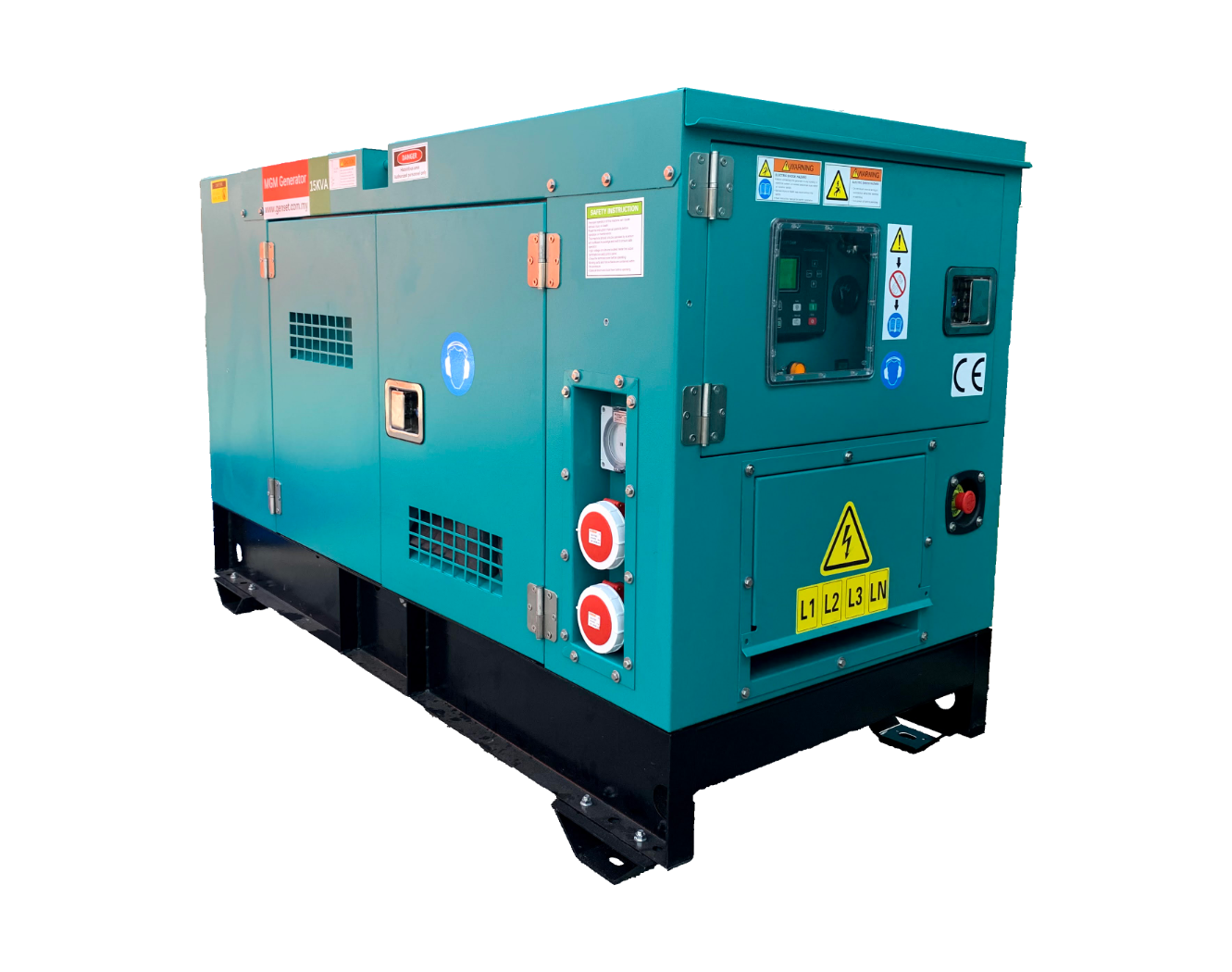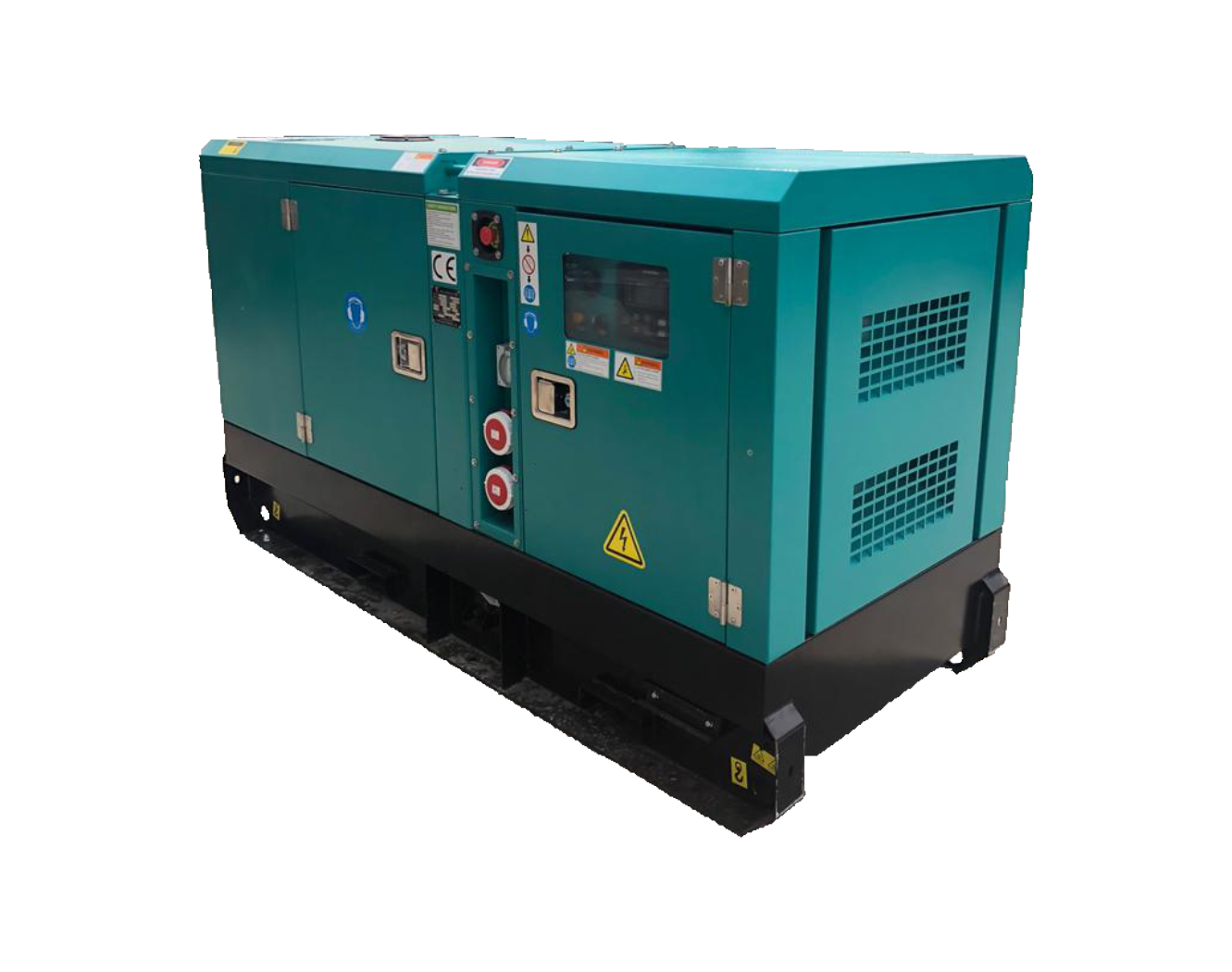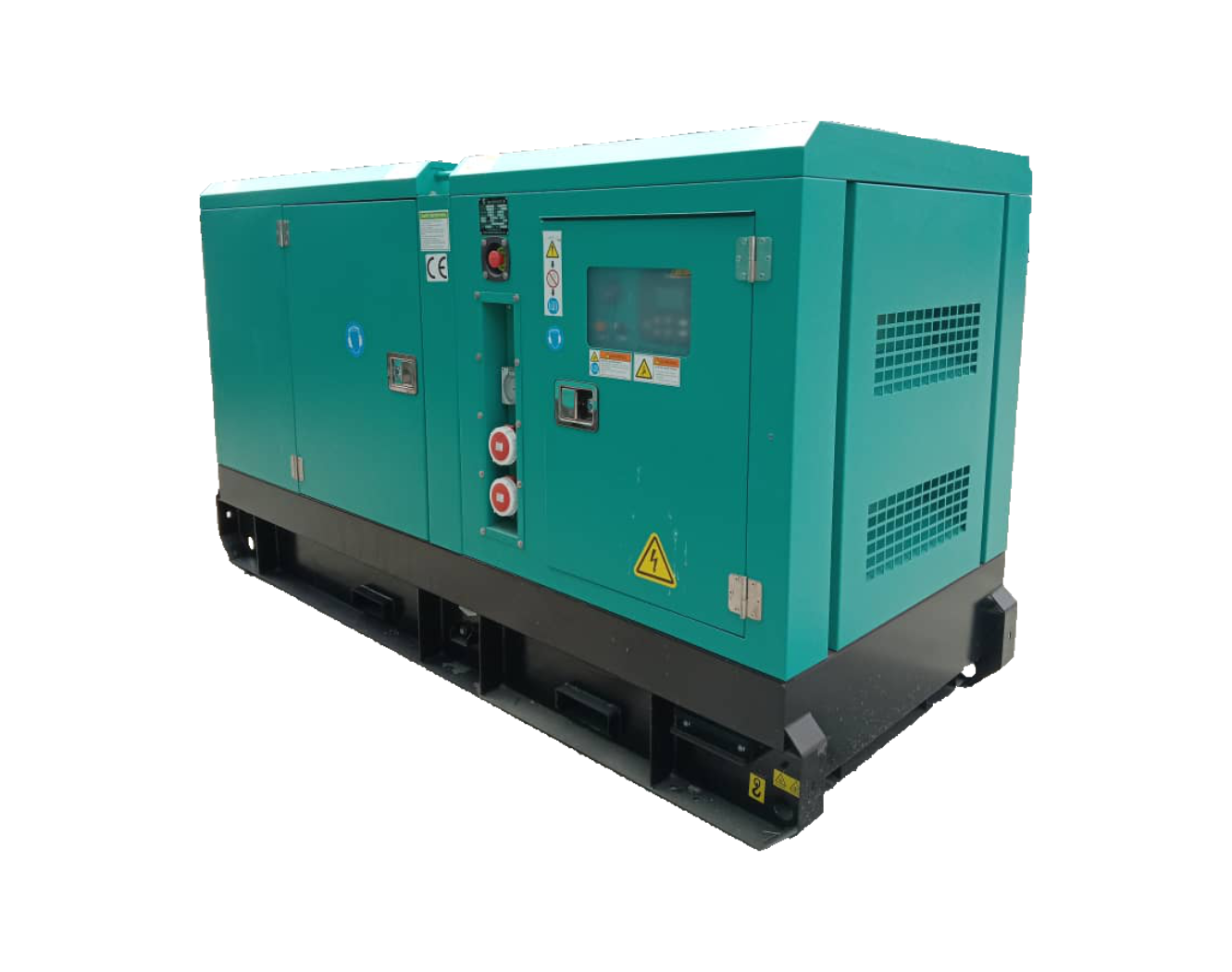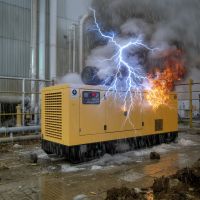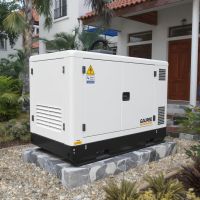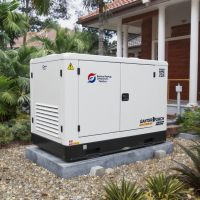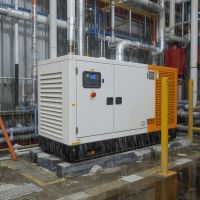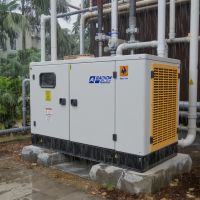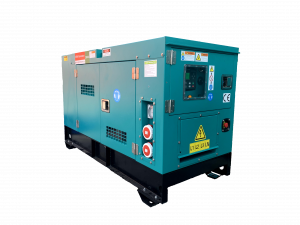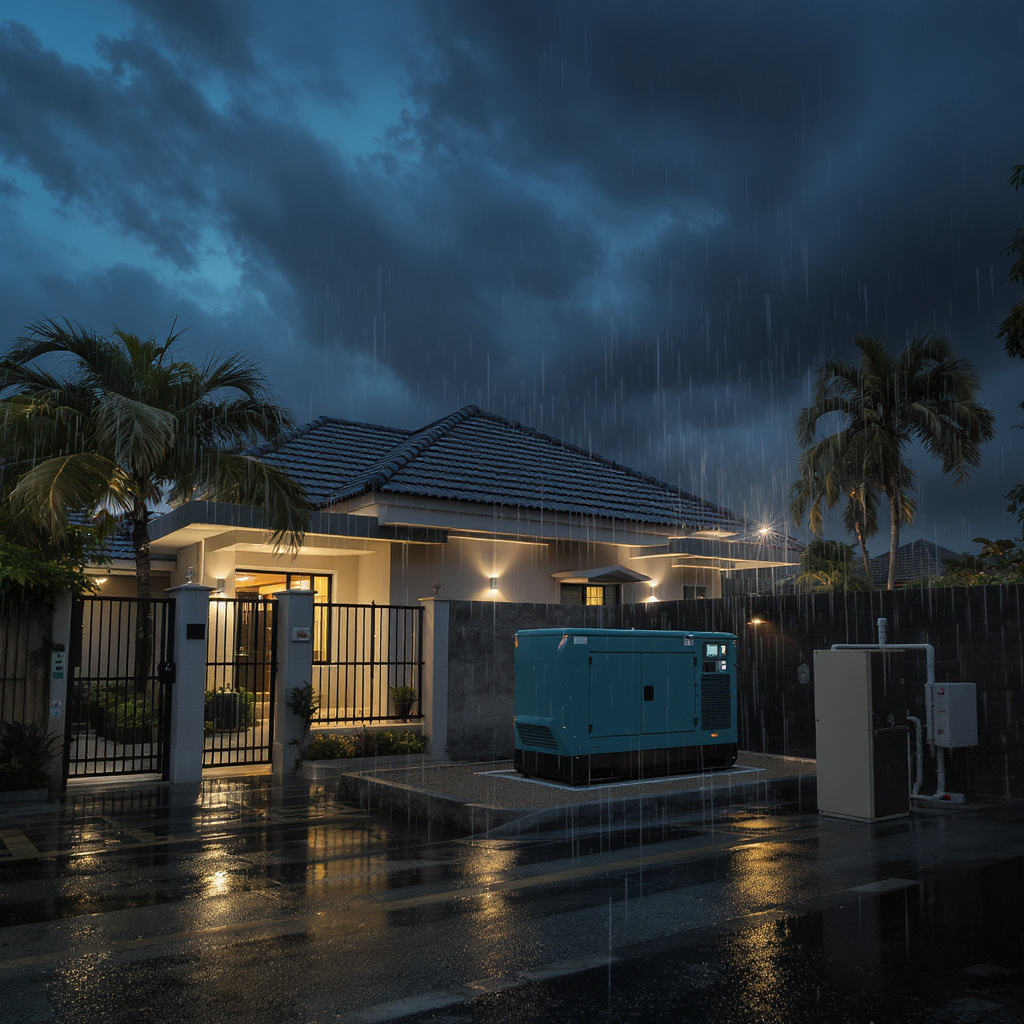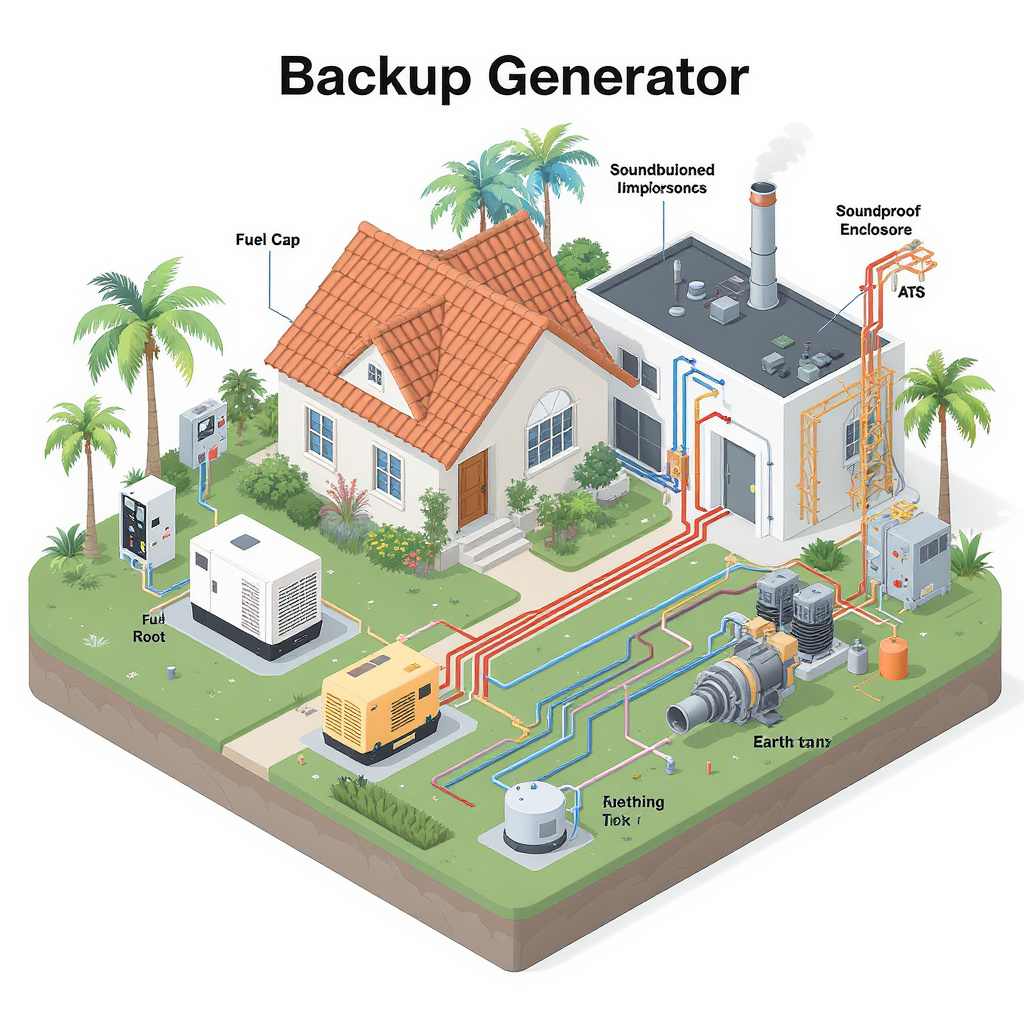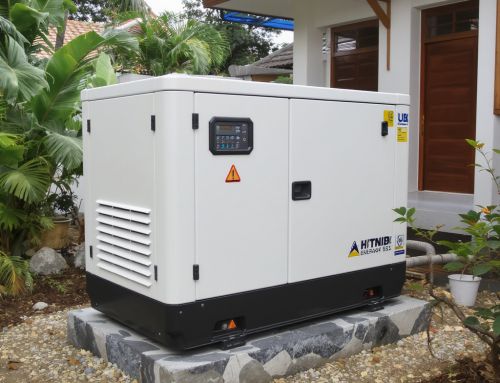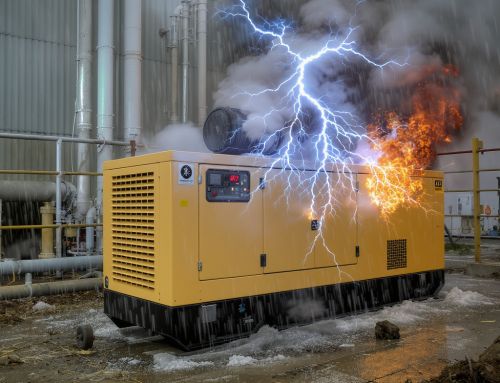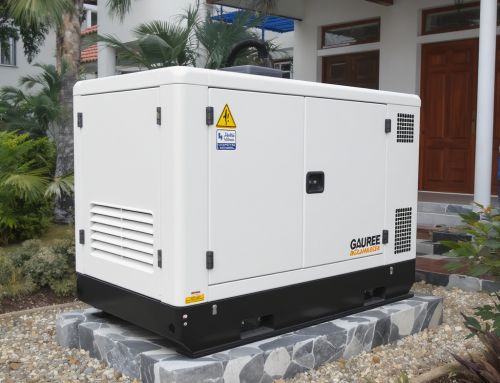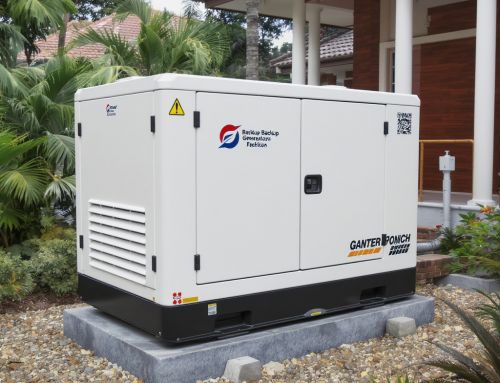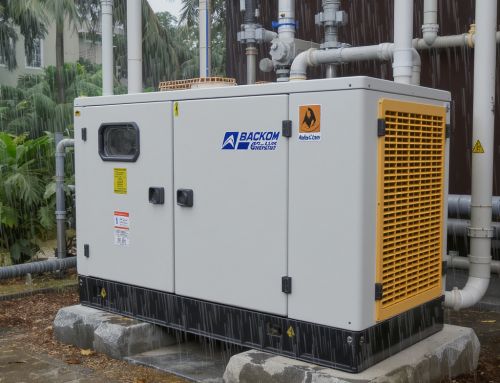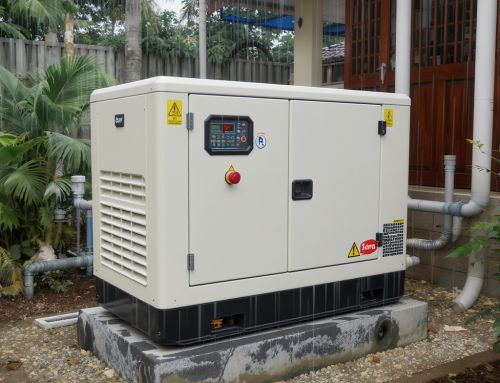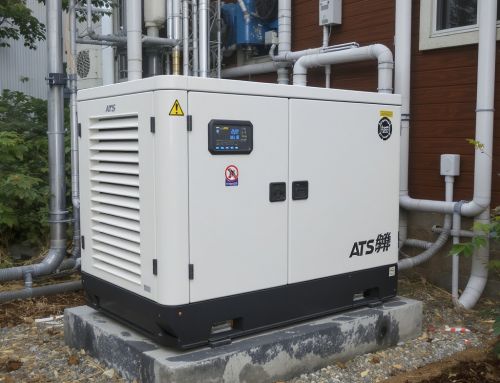Monsoon-Proofing Your Home and Small Factory: The Business Case for a Backup Generator in Malaysia
Malaysia’s monsoon season brings life?giving rain—and, too often, grid interruptions that disrupt daily routines at home and halt production in small factories. Whether you’re keeping your family comfortable or protecting a batch run on the shop floor, a properly sized backup generator turns unpredictable outages into a non-event. Here’s how to build a straightforward, ROI?driven plan for HOME and COMMERCIAL continuity before the next storm hits.
Why outages cost more than you think
For homes: Food spoilage, sump pump failure, security system downtime, and discomfort during heat or high humidity add up quickly. Sensitive electronics don’t love hard shutdowns either.
For small factories: Unplanned downtime can scrap work-in-progress, delay deliveries, and rack up overtime as teams recover. Even one hour lost can exceed a month of standby generator carrying costs when orders are tight.
How a backup generator keeps you running
- Automatic transfer switch (ATS): Detects a grid outage and starts the generator within seconds, switching critical loads seamlessly.
- Sound-attenuated enclosure: Keeps noise low for neighborhoods and mixed-use areas.
- Tropical-ready design: Rain caps, proper exhaust routing, and corrosion-resistant finishes handle Malaysia’s humidity and monsoon downpours.
Right-sizing for Malaysian homes and small factories
The right size depends on your essential loads and startup currents (motors, compressors, pumps). As a quick starting point:
- Homes: Essential-circuit backup commonly falls in the 8–20 kVA range; larger residences or whole?home coverage may land around 20–30 kVA. See an example spec here: 30 kVA MGM Generator.
- Small factories: Mixed lighting, compressors, small CNCs, and packaging lines often require 30–100 kVA depending on diversity and starting loads. Explore options like the 60 kVA MGM Generator to benchmark capacity and footprint.
Placement, safety, and compliance
- Location: Place on a level concrete pad, away from flood-prone spots. Maintain safe clearances for ventilation and service access.
- Exhaust and ventilation: Direct exhaust away from doors and windows; ensure ample airflow to prevent heat build-up and protect occupants.
- Fuel and containment: Position tanks per local guidelines and use proper bunding where required.
- Earthing and protection: Correct earthing, surge protection, and compliant switchgear reduce risks to people and equipment.
Noise, emissions, and neighborhood harmony
Modern sets in acoustic enclosures are engineered to keep decibels in check for residential streets and light industrial zones. Pairing scheduled maintenance with quality fuel helps lower smoke and smell, supporting a cleaner, quieter experience for you and your neighbors.
Monsoon ROI: making the numbers work
Consider the cost of one storm?related outage against the annualized cost of ownership. For homes, preventing appliance damage, food losses, and avoiding hotel stays adds up. For factories, even a single saved shift, a met delivery deadline, or protected inventory can justify the investment. Add potential insurance and compliance benefits when critical systems (e.g., fire pumps, security, cold storage) remain powered.
From plan to power in four steps
- Load assessment: Identify essential circuits and starting loads.
- Site survey: Confirm placement, cabling routes, earthing, and noise considerations.
- Selection: Choose the right capacity and enclosure; include an ATS.
- Commissioning and maintenance: Test under load and set a simple service schedule before monsoon arrives.
Ready to monsoon?proof your home and factory?
Our team helps Malaysian homeowners and SMEs quantify loads, right?size capacity, and install turnkey systems that comply with local standards. Have questions or want a quick quote? Contact us here, email genset@genset.com.my, or call +60129689816. We’ll recommend a fit-for-purpose HOME/COMMERCIAL generator with clear pricing, timeline, and after?sales support.

